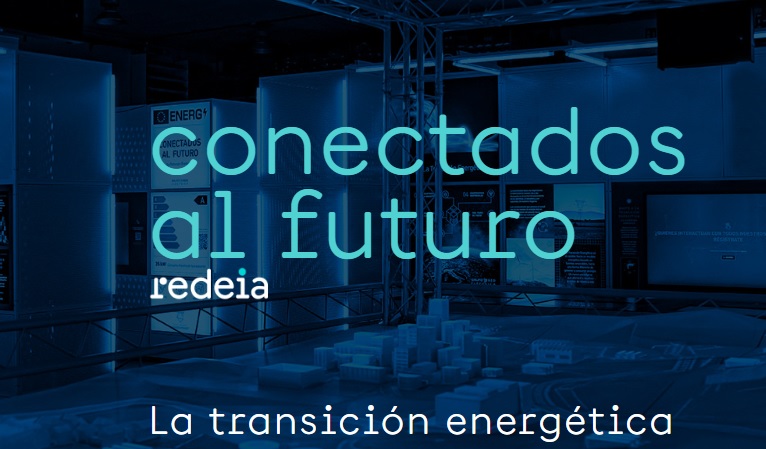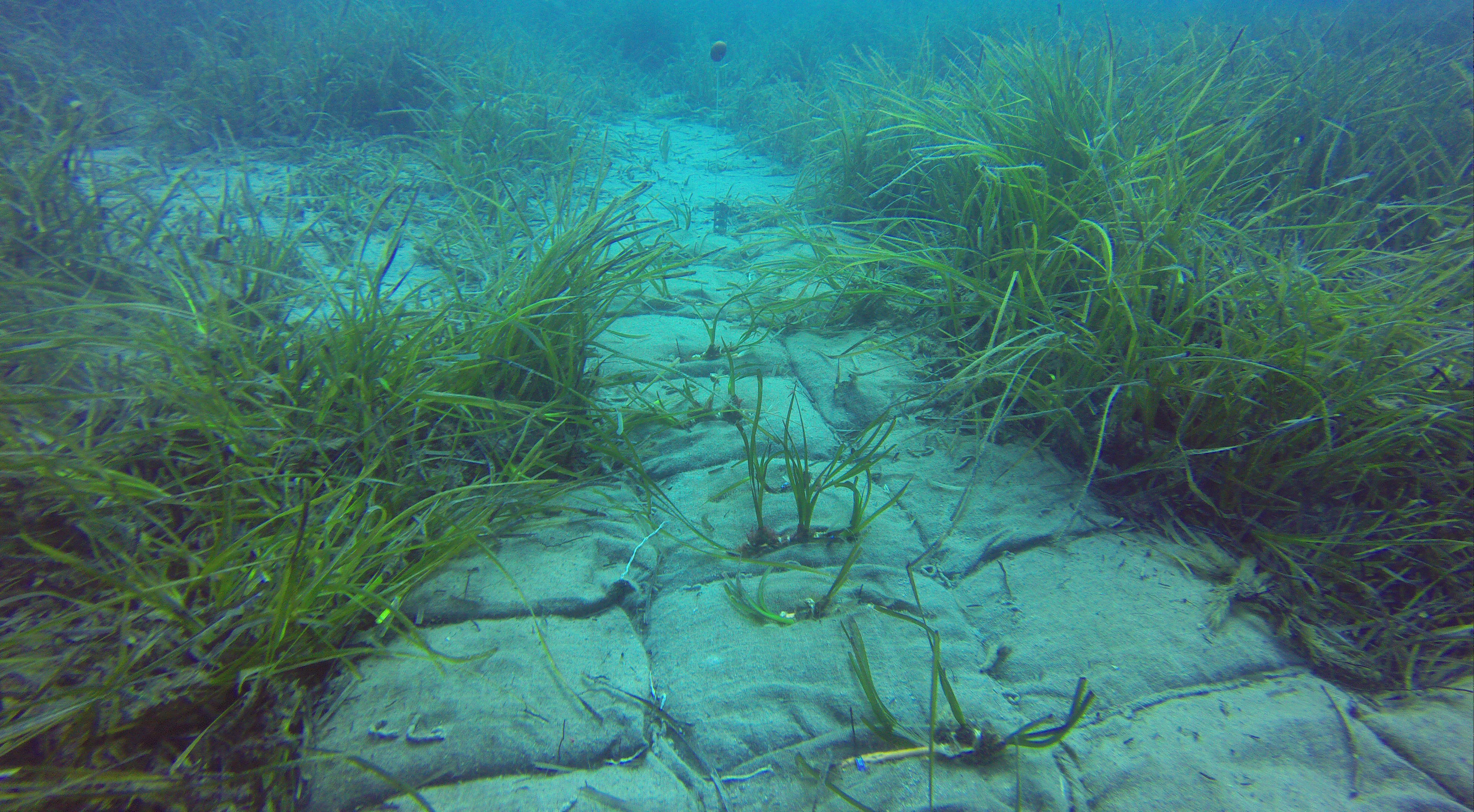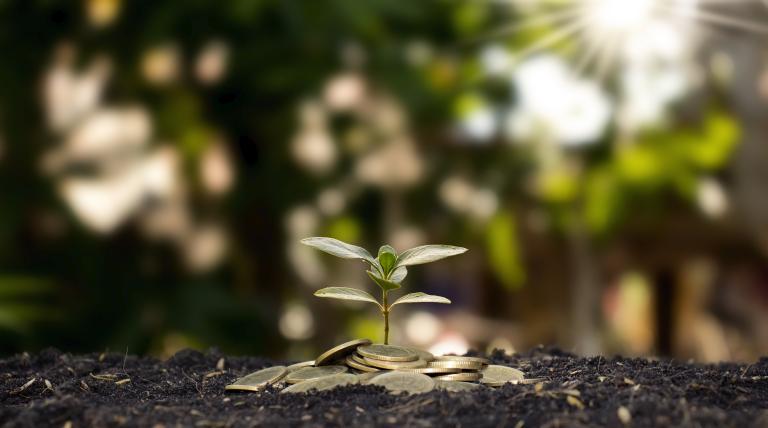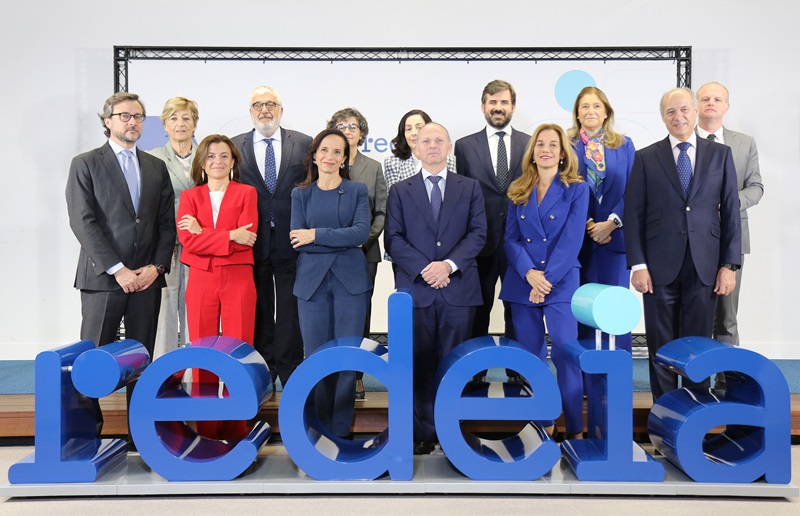We are a global operator of essential infrastructure
We analyse the impacts, dependencies, risks, and opportunities of our activity in the environment. This allows us to include biodiversity in decision-making and implement a mitigation hierarchy that either helps minimise our footprint and regenerates or transforms ecosystems.
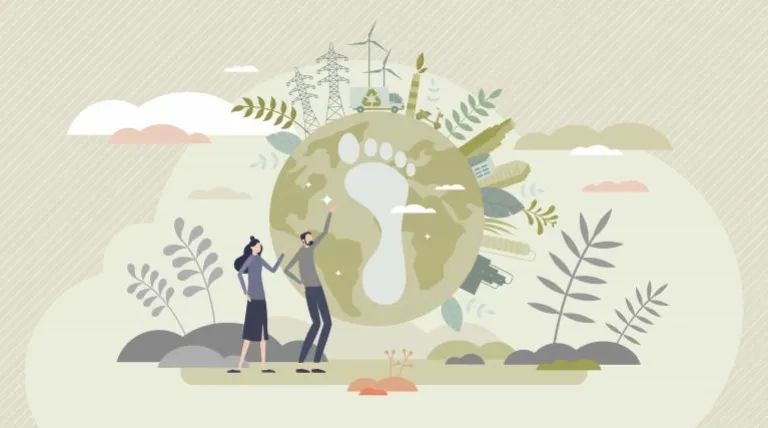
Deploying the necessary electricity and telecommunications infrastructure for ecological and digital transformations involves engaging with nature. It also entails creating impacts, dependencies, risks, and opportunities in a two-way sense: from our company to the environment and vice versa.
To fulfil our mission, we need to access the land, soil, and sea, as well as consume natural resources, either directly or through our supply chain. At the same time, our activity is not immune to natural phenomena or to the effects of climate change and biodiversity loss, issues that pose risks to us.
Understanding all of this helps us direct the flow of our investments and implement measures to prevent, minimise, and correct the possible effects of our activity on the environment.
To measure it, we rely on the guidance of international initiatives such as the Taskforce on Nature-related Financial Disclosures (TNFD) and the Science-Based Targets Network (SBTN), as well as the Natural Capital Protocol and the ENCORE tool.
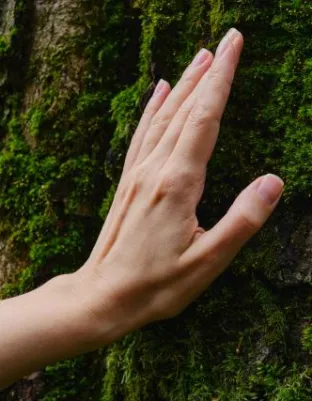
Biodiversity management is carried out using the hierarchy of impact mitigation approach. Through our mitigation hierarchy, we design and implement effective strategies and measures to avoid, minimise, restore, and compensate for the effects associated with our impacts and dependencies (risks and opportunities). Moreover, we go a step further by contributing to the regeneration of biodiversity and transforming the system to modify the fundamental causes or factors driving nature loss.
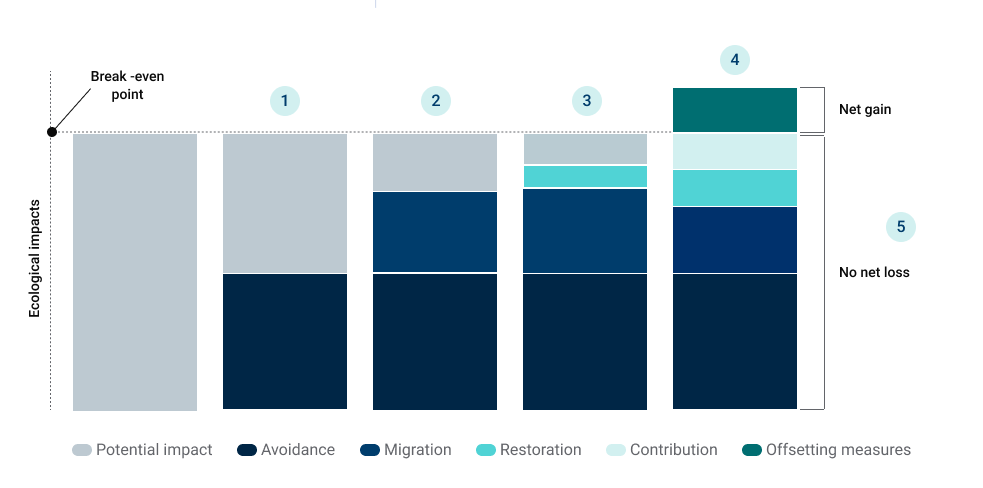
We Avoid
When defining the location of our facilities, our priority is avoiding areas rich in biodiversity, protected spaces, or those with species of interest. Our methodology for the preparation of environmental impact studies establishes the requirement of not affecting areas classified as Natura Network and Priority Habitat.
| Main avoidance measures |
|---|
| Introduction of modifications in the design and layout of facilities to mitigate their impact on flora and birdlife: compacting or increasing the height of towers, relocation of towers, modification of access roads, etc. |
| Preliminary surveys to identify the presence of protected flora and fauna. |
| Detailed field studies on specific issues related to biodiversity, such as reports on the impact on protected areas. |
| Construction of decanting pools and filters to prevent contamination of waterways. |
| Use of sensitivity and risk maps to identify species at risk of collision (focal species), habitats or areas where they may be found, and sensitive areas with factors influencing the probability of accidents. (Flight Paths project). |
| Signage and protection of habitats and species of high ecological value to avoid them being harmed when carrying out works. |
| Use of construction techniques that minimise earthworks and the occupation of land (reducing the opening up of access roads, the size of work sites, and storage areas for materials): hoisting structures with a boom crane, hanging of line by hand, or carrying out works for conductor stringing using a helicopter or drones. |
| Recovery and setting aside of topsoil for use in final landscaping works. |
| Transplanting of flora species that may be affected by the work to other areas to be replanted. |
| Biological stoppages in 100% of the works during breeding or nesting periods to reduce impacts on the fauna that may be affected. In 2022, stoppages were carried out in 12 ongoing actions, some of which lasted up to 7 months. |
| Stoppage of work in periods or situations of high fire risk. |
| Provision of resources and specific training for the prevention of forest fires. |
We Reduce
If we are not able to avoid areas rich in biodiversity, we minimise any potential impacts. For example, Red Eléctrica marks lines with bird flight diverters by increasing the height of towers, or managing flora in security corridors to prevent forest fires.
| Main Reduction Measures |
|---|
| Recovery of affected areas by restoring slopes, sowing, and planting. |
| Carrying out selective pruning, avoiding felling of wooded and leafy areas and plant formations of interest. |
| Preventive clearing in forested areas that represent a fire risk: elimination of scrub associated with pastures that have high density and height. |
| Mapping and characterisation of all priority habitats (sites of community interest - SICs) and other plant formations of interest in the vicinity of 100% of the transmission lines. All this data will be consolidated in the corporate geographic information system (GIS). (HABITAT Project). |
| Implementation of a multi-year (2016-2025) line marking plan for overhead transmission lines that involves the installation of bird flight diverters in critical birdlife priority areas. |
| Early detection system for the collision of birds with high-voltage lines. Through devices installed on the grounding cables of the lines and connected to its internal fibre optic cable, it will be possible to obtain early information that could favour the recovery of individual birds that have collided with the lines and that are still alive (ALERION Project). |
| System for the early detection of forest fires using the towers of the transmission lines and by means of sensors based on the Internet of Things (IoT) technology, which captures the radiation emitted by the fire and automatically sends warnings to the system operator, reducing the reaction time of firefighting agents, with a consequent reduction in costs and environmental and personal damage (PRODINT Project). |
| Integrated management of each type of habitat identified to ensure proper monitoring and preservation during maintenance activities of our facilities. |
| Optimisation of vegetation treatment tasks under power lines through an algorithm that analyses the state of vegetation, growth index, distance to the power line, legal requirements, and other established criteria (VEGETA Project). |
We Restore
We restore affected areas through tree and vegetation planting. In the case of the Mediterranean, recovering Posidonia oceanica forests. Besides, we eradicate invasive species and participate in conservation projects for focal bird species.
| Main Restoration Measures |
|---|
| Projects for the conservation of focal birdlife species. |
| Redeia Forest: 993 ha recovered (2009-2022). In 2022:
|
| Marine restoration (Posidonia oceanica): 2 ha recovered. Currently, under scientific control and monitoring (Majorca Marine Forest). |
| Mareta del Río marsh/wetland restoration project (in Tenerife in collaboration with SEO BirdLife). |
| Eradication of invasive species - Pampas Grass (Cortaderia seollana) – in collaboration with SEO BirdLife |
| Eradication of invasive species – Elephant Grass (Arundo donax) - in collaboration with Fundación Limne. |
| Research on invasive species – microalgae (Rugulopteryx okamurae) – in collaboration with the University of Seville. |
We Regenerate
We take other environmental improvement measures to offset and contribute positively to the protection and conservation of biodiversity.
| Main Regeneration Measures |
|---|
| Management of the surface area of the security corridors of transmission lines as a connector between natural spaces favouring the mobility of species under pressure from fragmentation and habitat reduction. In addition, other more generalist species (without dispersal problems) would benefit from the presence of a varied ecosystem, increasing biodiversity in the area.(BIORED-Green Infrastructure). |
| Use of electricity towers as biodiversity islands (stepping-stones), generating an increase in the abundance and biodiversity of birdlife as well as in the number of micromammals and mainly pollinator invertebrates (BIOTRANSPORTE Project, awarded in 2022 with the RGI (Renewables Grid Initiative) Good Practice of the Year Award) |
| Boosting the potential of the transmission grid as a corridor and reservoir of biodiversity by studying the biodiversity associated with the safety corridors and the base of the electricity line towers (Naturaleza en Red Project). |
| Maintenance of vegetation beneath high-voltage electricity lines with extensive livestock farming. (Pastoreo en RED Project). This project has been qualified as a nature-based solution according to the IUCN standard. |
| Incorporation of green spaces in urban and industrial environments into the network of ecological corridors in corporate buildings (Life BooGi-BOP Project). |
We Transform
We undertake actions aimed at driving cultural transformation to change in the system and tackling the fundamental causes or factors that drive the loss of nature. We maintain commitments and collaboration frameworks, as well as alliances in biodiversity conservation with the competent areas of the state administration and other organisations in the different autonomous communities.
| Main Transformation Measures | |
|---|---|
| Commitments and Memberships | |
|
|
|
|
|
|
|
|
|
|
|
|
|
|
| Working Groups | |
|
|
|
|
|
|
|
|
| Alliances and Collaboration Framework | |
|
|
|
|
|
|
|
|
| Alliances and Collaboration Framework | |
|
|
|
|
|
|
| Communication and Transparency | |
|
|
|
|
|
|
The transmission grid of our subsidiary Red Eléctrica is an effective tool that contributes to halting the loss of biodiversity: they connect territories and increase the density of flora and fauna.
Since 2020, together with the Autonomous University of Barcelona and the Bulfavent association, we have been researching the use made by flora and fauna of power lines.
The main conclusion is that our facilities play a role as biodiversity corridors and compose a discontinuous mosaic of unique refuges for open space species. These islands of biodiversity are vital spaces that connect ecosystems and increase the density of flora and fauna.
As a result of this study, we have detected colonies of ant butterflies, an endangered species, and a large number of orchids under our lines in Catalonia.
Video available only in Spanish.

